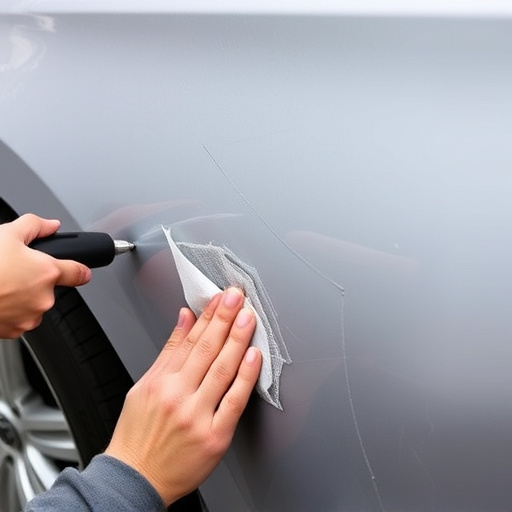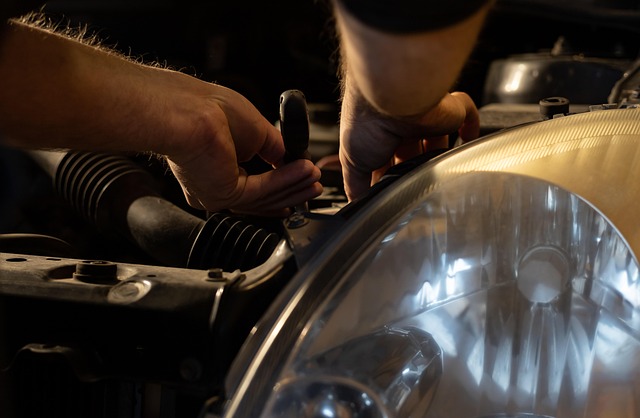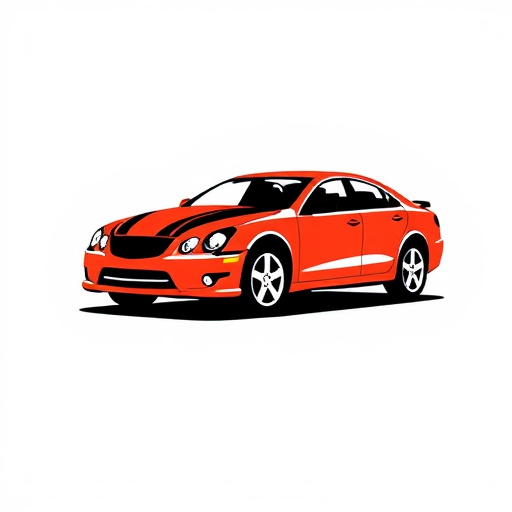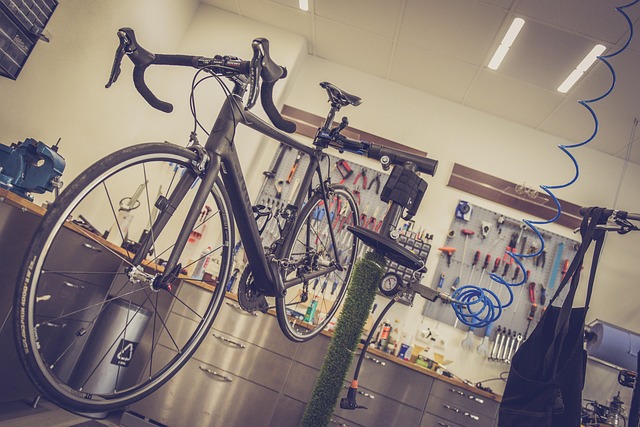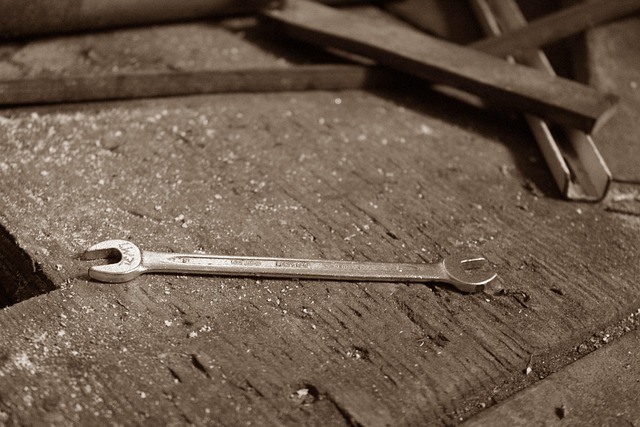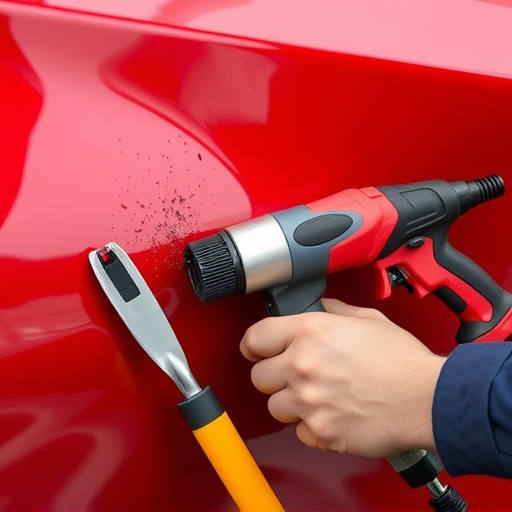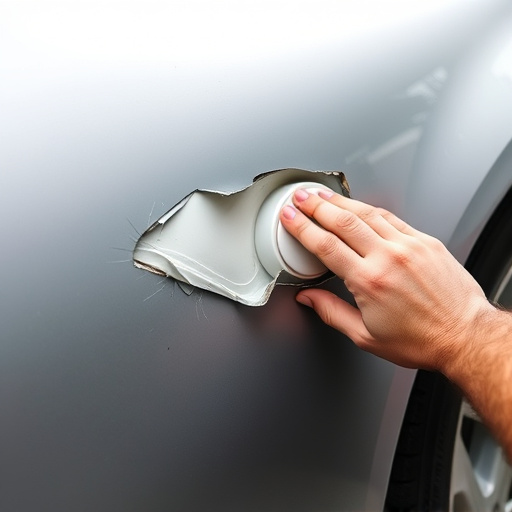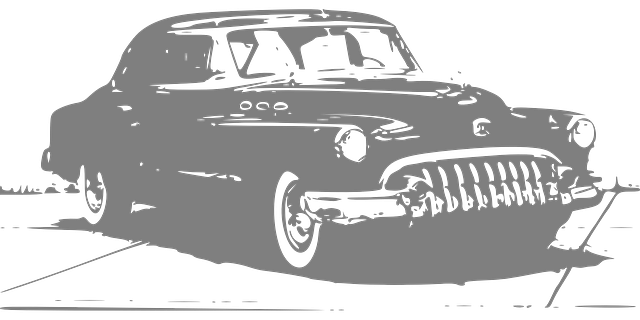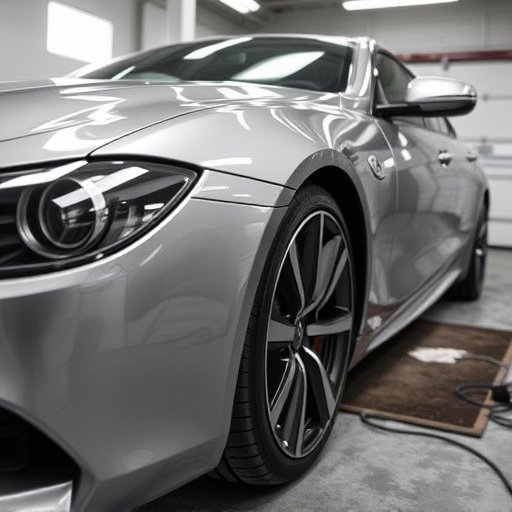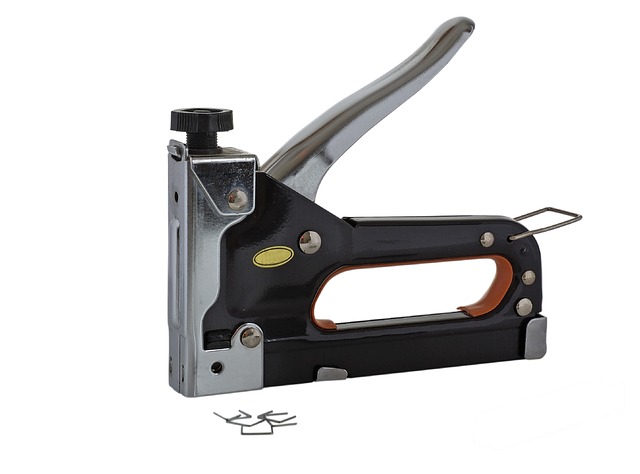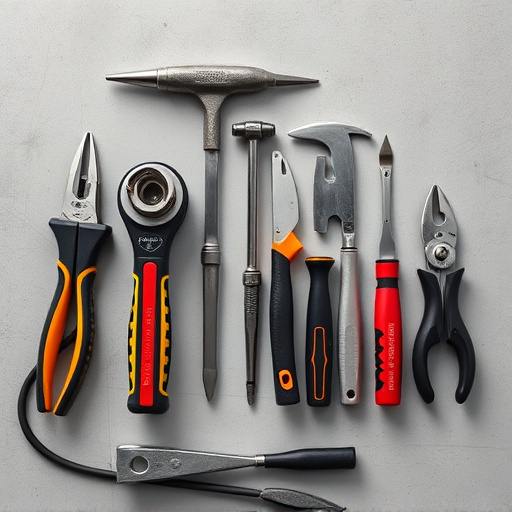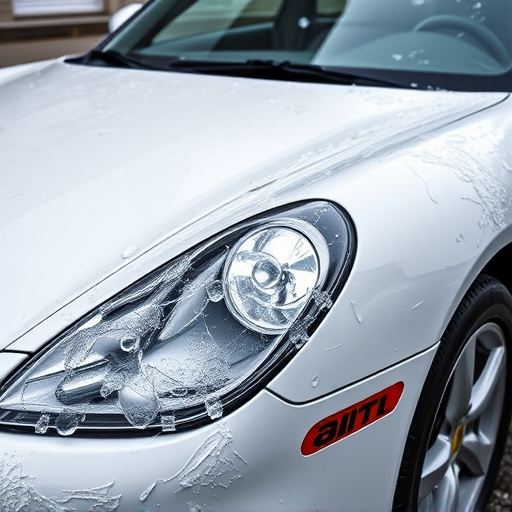The dent removal process has been significantly revolutionized by technological advancements, offering efficient and cost-effective solutions. Traditional manual methods have evolved from labor-intensive techniques like hammering and putty to modern innovations such as robotic systems, CAD software, laser healing, and paintless dent repair (PDR). These advancements provide enhanced accuracy, faster turnaround times, improved structural integrity, and high-quality finishes, ultimately streamlining the auto dent repair process.
The dent removal process has evolved significantly, driven by modern innovations that promise better outcomes, enhanced precision, and reduced patient discomfort. This article delves into the current techniques, highlighting traditional methods versus cutting-edge advancements. We explore laser dentistry, 3D printing, air abrasives, and more. Additionally, we discuss future trends shaping dent removal practices, including smart fillings, digital imaging, and non-invasive techniques. Understanding these innovations is crucial for patients and professionals alike in the ever-changing world of dental care.
- Current Techniques in Dent Removal
- – Traditional methods vs modern innovations
- – Overview of popular dent removal tools and technologies
Current Techniques in Dent Removal

The dent removal process has evolved significantly over the years, driven by advancements in technology and a growing demand for efficient, cost-effective solutions. Traditional methods involved manual labor, where skilled technicians would carefully manipulate metal to smooth out dents. Today, modern innovations have introduced a new array of techniques that promise faster turnaround times and superior results. One prominent development is the integration of robotic systems and computer-aided design (CAD) software, which enable precise measurements and calculations, resulting in seamless repairs.
Additionally, the use of advanced materials such as composite resins and specialized adhesives has revolutionized vehicle paint repair, including bumper repair and car paint repair. These materials offer excellent bonding strength with metal surfaces, ensuring structural integrity and a flawless finish. Moreover, automated painting systems have streamlined the repainting process, reducing the risk of human error and improving overall efficiency in dent removal procedures.
– Traditional methods vs modern innovations
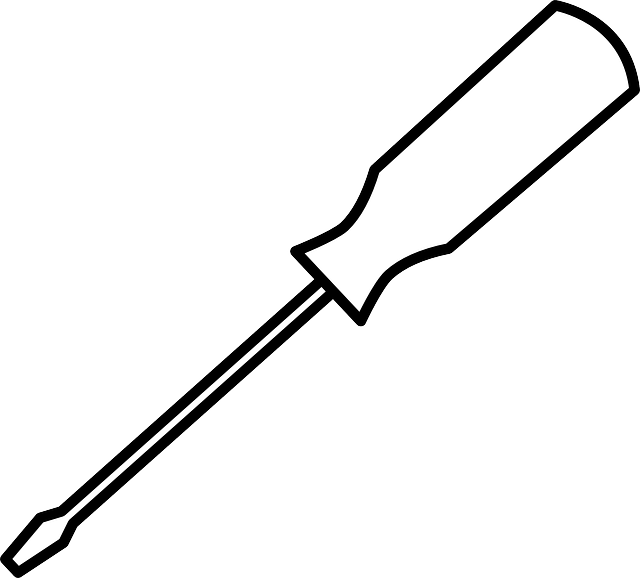
The dent removal process has evolved significantly over time, shifting from traditional methods to modern innovations that offer faster, more precise, and efficient solutions. Historically, removing dents involved labor-intensive techniques, such as hammering and using putty, which required skilled technicians and could take considerable time. These methods, while effective, were often cumbersome and left room for human error.
Modern innovations in dent removal have brought about game-changing advancements in the auto maintenance and vehicle collision repair industry. Technologies like laser healing, robotic assistance, and advanced paintless dent repair techniques have transformed how we approach vehicle restoration. These modern approaches not only streamline the process but also enhance accuracy, reduce repair times, and minimize the need for extensive auto body work. As a result, customers benefit from quicker turnaround times, lower costs, and vehicles that look as good as new after repairs.
– Overview of popular dent removal tools and technologies

The modern dent removal process has seen significant advancements, offering both efficiency and precision for car restoration professionals. Among the most popular tools and technologies are those that utilize specialized pneumatic or electric drills designed to gently yet effectively extract dents from vehicle bodies. These tools often feature adjustable settings for different material types and dent sizes, ensuring a tailored approach to auto dent repair.
Furthermore, innovative technologies like paintless dent repair (PDR) methods have revolutionized the industry. PDR techniques, leveraging specialized tools and training, allow for minimal to no painting, preserving the original factory finish. This not only streamlines the car restoration process but also ensures a more seamless and aesthetically pleasing outcome for customers undergoing auto dent repair.
Modern innovations in the dent removal process have transformed traditional techniques, offering faster, more efficient, and less invasive options for both patients and dental professionals. From laser technology to advanced tools designed for precision, these advancements promise improved outcomes and enhanced patient comfort during what was once considered a mundane procedure. As research continues, we can expect further breakthroughs that will continue to revolutionize dent removal, making it an even more seamless part of modern dentistry.
